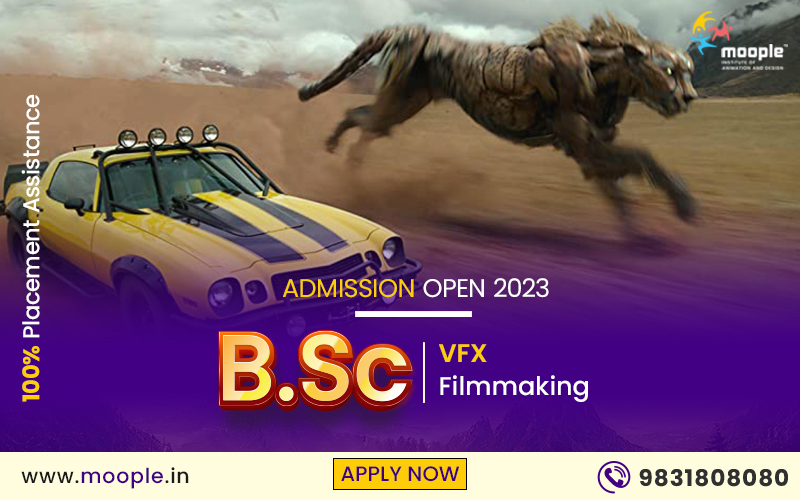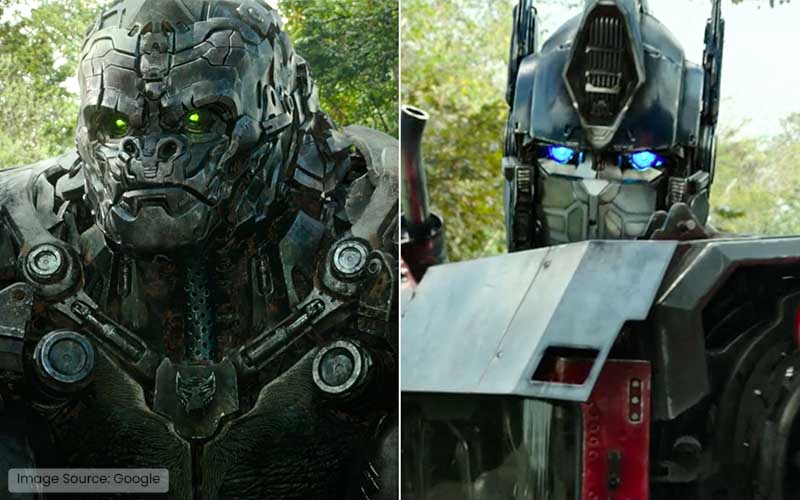When it comes to the use of special effects in movies, there have been several pioneers. Titanic was the first of its kind to help people back in the 90s to understand the power of VFX. For the first time, something so magnanimously superficial was getting shown on large screens. It was then when James Cameron had kept his script for Avatar and waited for over two decades. His vision was too big for the advancement of technology back then.
Well with AI becoming the new mastertool, that can’t be said anymore. One such film which has always raised the bar has to be Transformers.
Upping the VFX game with each film
Transformers has always upped the game of VFX incorporation with each of their installments. The fifth installment in the Transformers franchise, The Last Knight, saw ILM return to its position as the primary visual effects studio. The Last Knight, like every movie that came before it, was packed with elaborate action sequences, explosions, devastation, and sophisticated robot displays, all of which were brought to life by the world-class voice actors and the ILM animation team under the direction of Paul Kavanagh and Rick O’Connor.
ILM VFX supervisors Jason Smith and Dave Fogler oversaw the work of over 500 artists and engineers in San Francisco, London, Singapore, and Vancouver, under the direction of senior visual effects supervisor Scott Farrar.

Cybertron, the home planet of the Transformers, is the setting for several sequences in the movie. In order to direct ILM’s environment artists as they created the world, production designer Jeffrey Beecroft and ILM’s art director Ryan Church spent months creating ideas.
The modules of some of the best VFX courses across the globe have been inspired by the work by the VFX team has put in several Transformers movies.
The Knight Ship was a massive ship that was so difficult to plan and construct that it actually created its own atmosphere. The effects team had to construct not only the ship’s exterior but also its entire interior, where a number of scenarios would play out.
Transformers has always had Loyal Audience: Credits to VFX?
Over the years, even though the critics have had a lot to say about the Transformers movies, the fans have religiously shown up in theaters. It wont be wrong to say that the CGI does have an appeal to it. The realistic nature of visual effects used in the films have made the audience feel like they are also a part of the story. Often students of VFX courses ask this question about fan loyalty versus VFX in the film.
In today’s day and age where attention spans are so fickle Transformers are yet to come up with a new film in their sequel list. That does say something about the story and visual; appeal of the cinema.
Transformers 2: Forest Battle’s Optimus PrimeUniversal Pictures; despite never being a favourite of critics, the Transformers movie series has become one of the biggest in the twenty-first century. The movies were some of the highest-grossing releases of their individual years up until the release of Transformers: The Last Knight. Bumblebee marked a new tone and VFX training for the series, which was well-received by audiences and critics. Transformers: Rise of the Beasts, a new Transformers movie that will hit theatres in the summer of 2023, just debuted a brand-new teaser.
The visual effects of the Transformers movies have been a topic of debate among fans and reviewers for many years. They are harshly criticised for being overly designed, despite paradoxically being an impressive show of intricate computer animation. The characters are remarkable in and of themselves.
In the summer of 2007, Transformers was a highly awaited movie. A realistic take by several VFX schools on the well-known cartoon series was promised in the movie’s first teaser trailer, which debuted a full year before the film’s release. Subsequent trailers also hinted at the look of the title robots. They reinvented the Transformers characters in a manner that made them plausible in the contemporary setting. They were unlike anything anyone had ever seen before. They appeared extraterrestrial and had complicated moving components. The images of the disguised robots changing in motion captured the attention of viewers all over the globe.

